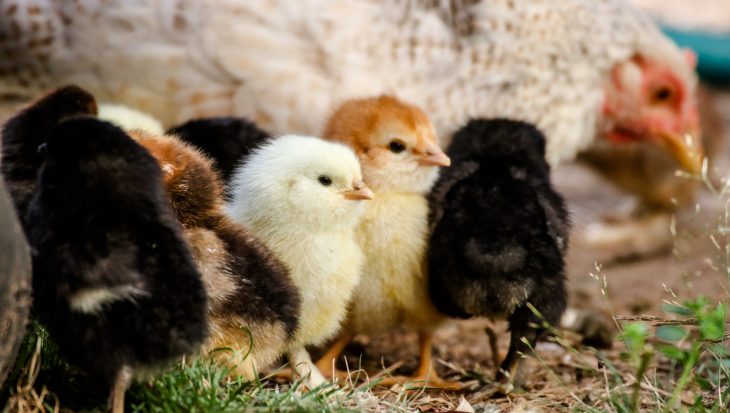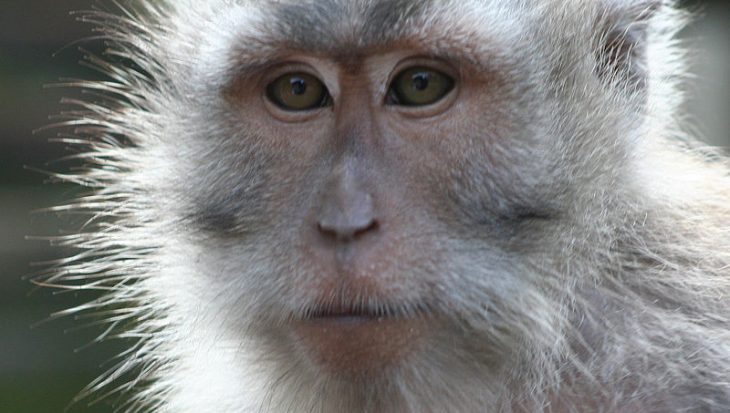But how is society to judge whether these animal experiments are genuinely ‘ethically justified’? We are told that any research proposal involving living animals is first subject to approval by a local ethical review committee. The review panel consists largely of scientists employed by the institution where the animal research will be conducted. There may, or may not, be lay persons on these panels. However, assuming that a lay person or animal welfare representative is present, that individual will be hard pressed to challenge the aims of a complex animal study, much less suggest a non-animal replacement. Furthermore, a lone lay person will be out voted by the rest of the panel. Once a study proposal has been passed by an ethical review committee, it will almost certainly receive Home Office approval, with an occasional request for very minor adjustments.
As an animal-loving democratic society, we do not rely solely on the ethical review process. Other safeguards exist to prevent any ‘unethical’ animal experimentation from taking place, the most important of which is the Animals (Scientific Procedures) Act 1986. More specifically, paragraph 5(5) of the Act states that: ‘The Secretary of State shall not grant a project licence unless he is satisfied that the purpose of the programme to be specified in the licence cannot be achieved satisfactorily by any other reasonably practicable method not entailing the use of protected animals.’
But how will we, as members of the general public, know whether a non-animal method exists? The only objective way to find out is to challenge the project licence holder with a suitably qualified scientist in the same field of research, who does not use animals. This idea sounds logical and fairly straightforward to most people. But there are a few catches. The first, is that a non-animal scientist would be forbidden by most institutions, from speaking openly against an animal researcher. The few scientists who have been courageous enough to challenge the system have found themselves ostracised by their peers and subjected to ‘institutional intimidation’ at their places of work. So much for true academic freedom.
The second catch is that, although the law appears to accommodate the possibility of a non-animal replacement, in practice, this is virtually impossible to achieve. In order to challenge an animal experiment, the UK legal system requires an individual to apply for a ‘judicial review’. A judicial review in effect challenges the validity of the 1986 Act. Previous attempts involving judicial review demonstrate the difficulties in trying to take on the UK legal system. One requires very little imagination to predict with whom the judge will side when presented with evidence by two scientific experts, one representing an antivivisection group, and the other, the Home Office. As an added measure to dissuade troublemakers, losing such a case will result in court costs of around £100,000. So much for true justice.
As a last resort, we can try to cling to the section in the law that refers to cost-benefit’ analysis. Paragraph 5(4) of the 1986 Act states that: ‘In determining whether and on what terms to grant a project licence the Secretary of State shall weigh the likely adverse effects on the animals concerned against the benefit likely to accrue as a result of the programme to be specified in the licence.’ However, even that thin veil of protection falls away, as attested to by an official Home Office reply addressed to me dated 18th September 2006, which stated that: ‘The 1986 Act does not require that benefit outweighs cost.’
A 1.5 million strong petition was recently handed in to Downing Street by the campaign group Uncaged, calling on the UK government to develop a ‘road map’ to make animal experimentation history. Will the government continue to ignore public sentiment as it did five years ago, when Caroline Flint admitted that the Home Office ‘has not commissioned or evaluated any formal research on the efficacy of animal experiments and has no plans to do so’? The time is long overdue for a transparent and independent evaluation of the efficacy of animal experiments.
The development and application of non-animal methods has more to do with political will than with scientific innovation. We no longer live in the 18th century. The cosmetics industry is a good example of how scientists can rise to the challenge of devising non-animal testing strategies when motivated to do so by commercial imperative. The same non-animal methods used in the cosmetics industry can be applied to the pharmaceutical industry.
A non-animal test for the replacement of mice for batch release of Botox was developed in 1999 by the National Institute for Biological Standards and Control (NIBSC), yet it sits on a shelf because commercial companies are under no legal obligation – or enough public pressure – to replace the use of mice. There are countless other glaring examples like this, involving rats, dogs, rabbits, monkeys and other animals. Political inertia – not science – is the stumbling block. A lack of funding for non-animal methods is another red herring. There is no shortage of money. The global pharmaceutical industry generates an annual income of £300bn. Of its expenditure, 33 per cent goes on sales and marketing, and just 17 per cent on research and development.
The current situation is unbearable, unsustainable and most of all, unjust. Not only do animals suffer and die in their millions, but the drugs and chemicals passed as safe on the back of animal testing, turn out to cause some serious health problems in people. Something is terribly wrong with our testing system, much of it based on animal experiments. It is time for government, industry and society to act together to correct the damage.
Andre Menache MRCVS
London July 2009

